A complex and challenging grape variety
This grape variety « Passeur de terroirs » is a subtil and sincere representation of what makes every terroir unique like a poetic jazz orchestra.
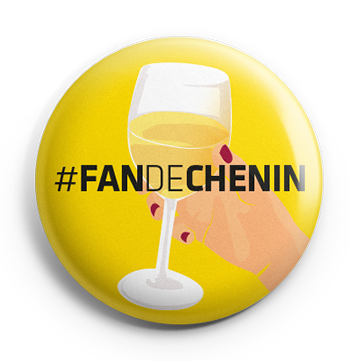
A Loire Valley and South African grape variety
In France, Chenin Blanc is concentrated in the Loire Valley with 95% of the French Chenin Blanc grapes. While, half of the grape plantations are located in the Anjou Saumur vineyards and the other half in Touraine, the « Pineau de la Loire » became the Loire Valley emblematic grape type.
In South Africa, Chenin Blanc, called Steen, is mostly cultivated in the Cap region. Used for brandy making for many years, the wine producers are now creating beautiful white wines. Caracterized by its flexibility, Chenin Blanc produces dry, sweet and sparkling wines. It is still used for distillation and spirits.
Diversity
Chenin Blanc knows how to produce a large palette of white wines : dry, half dry, sweet and sparkling but also knows how to produce vintages diversity. September and October climatic conditions determine or not the possibility to make sweet wines. In case of a rainy autumn which will force the harvest, the wine maker will have to favor the dry and sparkling wines production. On the contrary, better weather will allow the wine producer to wait For the Noble Rot development which will favor the perfect grape sugar concentration for sweet wines.
-
A rare grape varietyEven if the chenin Blanc is a ancient grape type, it is very uncommon in France with only 16% of the French grape plantation. It is the 16th most planted grape variety, far behind others such as Merlot (14%), Grenache noir (11%), Ygni blanc (10.2%), Syrah (8%), Chardonnay (5.6%) or even Pinot noir (3.7%). Source University of Adelaïde, Database of Regional, National and Global Winegrape Bearing Areas by Variety, 2000 and 2010.
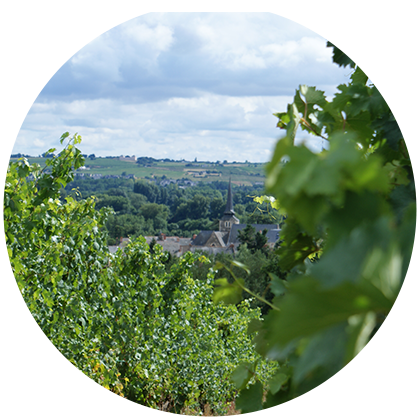
-
A challenging grape varietyThe Chenin Blanc vegetative state is quite long. The budding is precocious, exposing it to the last frosts, while the late maturity makes it dependent of September and August climatic conditions. The best climate for its growing is temperate because in case of really cold temperatures, that will create acidic wines, and if it is too hot, the wines would be ordinary. It would appear that the French expression - douceur angevine - was reflecting to it.
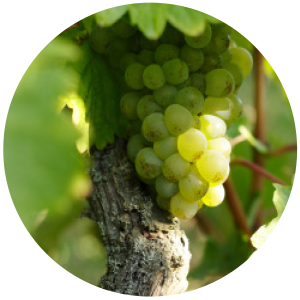
-
A mineral grape type varietyChenin Blanc makes complex wines, which will be long keeping dry and sweet wines. The wines will provide a mineral feeling, a strong body with a great acidity that will show elegance, vivacity and liveliness. These wines will also deliver fine flavors that will appear through time : acacia, hawthorn, lime, quince, Mirabelle plum, pear, citrus fruits, guava, exotic fruit, honey or beeswax.
-
Botrytis loverChenin Blanc is perfect for the Noble Rot development, Botrytis Cinereas, which gives candied fruit flavors, dark amber color, wrapped in the Noble sugar, thanks to Chenin Blanc natural acidity.
-
A pioneer grape varietyWe don’t know its exact origin, but its first reference under the name of « plant d’Anjou », was in an essay written by Charles le Chauve in 845, stipulating he gave it to Saint-Maur de Glanfeuil Abbey (in the Loire Valley). A few years ago, we discovered that it was from the union of Savagnin and another mysterious grape type. Nowadays, you can find Chenin Blanc in numerous countries in the New world countries such as the United States, Argentina, Australia and particularly in South Africa which represent 52% of the chenin Blanc international production. Chenin Blanc was plated by Huguenots, some French protestants in exile after the 1685 Edit de Nantes Revocation. Today, the Steen (southern name of Chenin Blanc) represent 20% of the South African vineyard.
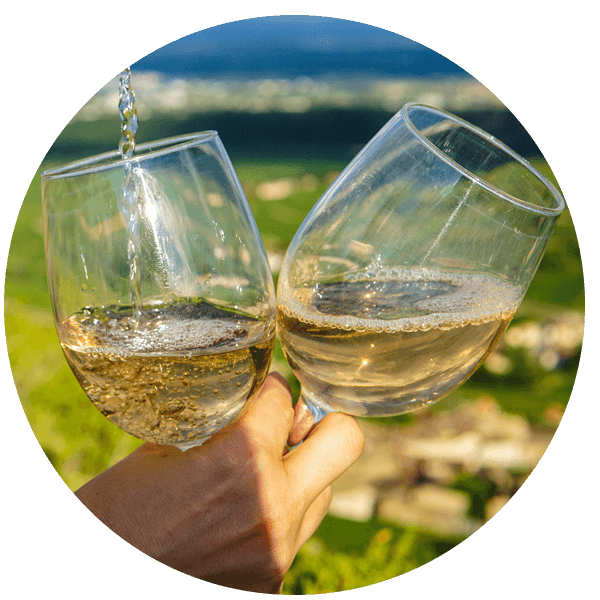
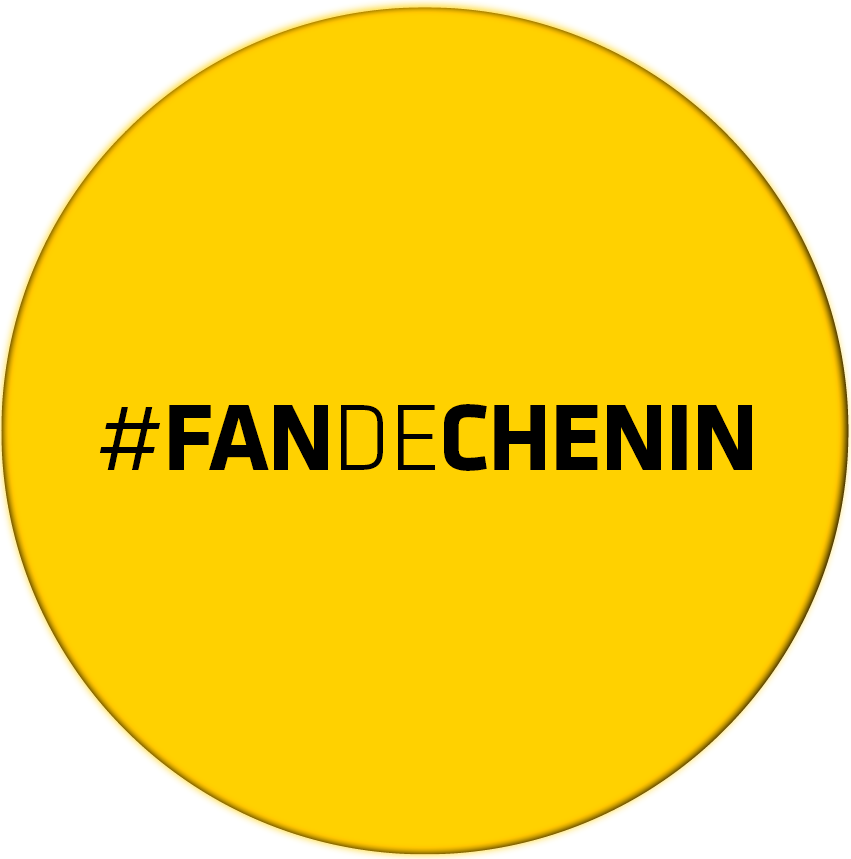
.png)
